Category: Central India
Discover India through the lens of Indus Discoveries. #IndusIndia

India, a land of heritage, diversity, rich history and vibrant culture, has always mesmerized travelers from around the globe with its myriad of experiences. From the snow-capped peaks of the Himalayas to the serene backwaters of Kerala, each corner of this vast country offers something unique to explore.
And what better way to unravel the mysteries of India than through the lens of Indus Discoveries, a Destination Management Company specializing in crafting bespoke travel experiences. We invite you on a journey of a lifetime to discover the enchanting, vivid tapestry of India.
Culture, Heritage & History Holidays
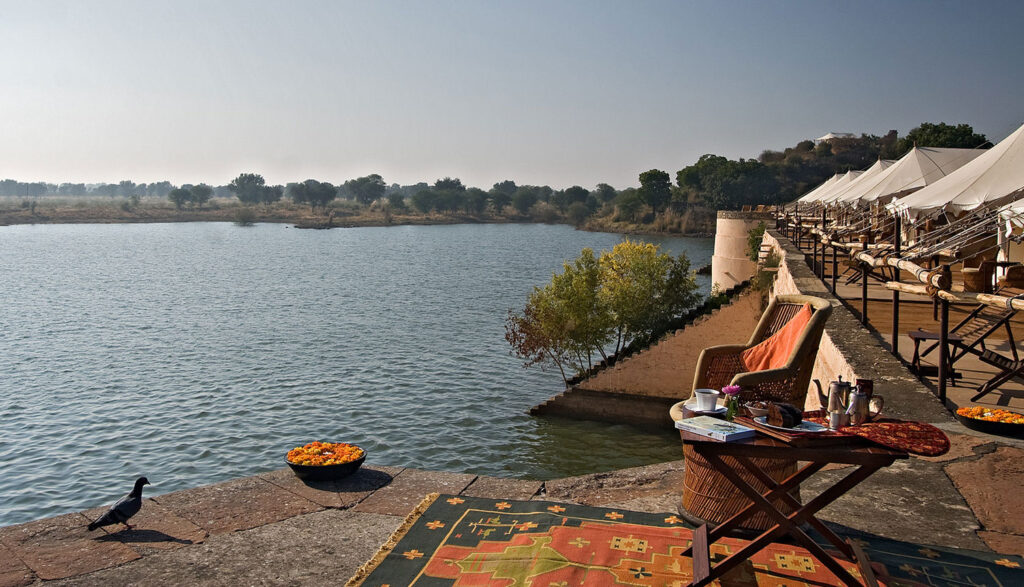
India’s essence lies in its rich diversity of traditions, religions, cuisines, languages, and landscapes. As the oldest civilization, it offers awe-inspiring landscapes and vibrant cultures, making it an ideal destination for cultural holidays. Explore India’s warm people, majestic mountains, lush forests, and grand festivals. Experience Gujarat’s vivid colors, Rajasthan’s timeless beauty, Varanasi’s spiritual aura, Darjeeling’s scenic wonders, Kerala’s ethereal beauty, and more.
Culinary Experiences

Explore India’s diverse cuisines and captivating tales on our culinary journeys.
Join our Cooking in Paradise tour to uncover North Indian delights, including Awadhi cuisine in Lucknow, Mughlai treats in Agra, and authentic Rajasthani fare in a village setting. Cap off the experience with a dinner hosted by Lucknow’s royal family. For a taste of Southern India, embark on our Coffee and Cuisine tour through the Malabar and Coorg regions. Learn Mapillah cuisine secrets in north Kerala and roam spice plantations in Wayanad and coffee estates in Coorg.
Holidays By Rail

Embark on a journey through the vibrant Indian landscape aboard splendid locomotives. Each train ride offers a unique cultural experience, from the fast-paced journeys of the Shatabdi and Rajdhani Express to the nostalgic charm of steam trains in Nilgiris, Darjeeling and Shimla. Indulge in luxury aboard award-winning trains like the Palace on Wheels, Maharaja’s Express, and Deccan Odyssey, where modern comforts meet traditional elegance for an unforgettable travel experience.
River Cruises

Embark on a sublime journey along India’s lifeline rivers, offering a unique perspective of the country’s hidden treasures.
Enjoy elephant and jeep safaris, spotting rare one-horned rhinos at Kaziranga National Park. Visit the Ahom kingdom ruins, the Mishing village, and the Neo-Vaishnavite monasteries of Majuli Island.
Cruise down the Hugli River from Calcutta to the Ganges, explore the brassworking village of Matiari, the terracotta temples of Kalna, and the remnants of the Dutch settlement in Chinsurah.
Journeys for the Soul

India’s diverse religions unite its people, from the temple bells of Varanasi to the mosque gatherings in Ajmer, and the Christmas carols in Goa to the Sikh service in Punjab. It’s the land of Buddha’s enlightenment, the birth of Yoga, and thriving Ayurveda. For 16 years, Indus Discoveries has tailored religious pilgrimages, spiritual journeys, and yoga tours. Our network of experts crafts specialized itineraries for religious institutions, educational groups, and individuals seeking to immerse themselves in India’s rich religious heritage.
Wildlife Safaris

India’s diverse landscapes host an array of national parks, each offering a unique wildlife experience. With over 80 national parks and 440 wildlife sanctuaries, covering nearly 4.5% of the country’s area, India boasts an impressive variety of indigenous species, including the Asiatic Lion, Elephant, Snow Leopard, Royal Bengal Tiger, and Siberian Crane. Notably, India is the sole country where both lions and tigers roam freely.
So, why wait? Embark on a magical journey with Indus Discoveries and let the magic of India unfold before your eyes. Let’s start planning your unforgettable adventure together!
Tiger trails of India : treasure-trove of true wilderness
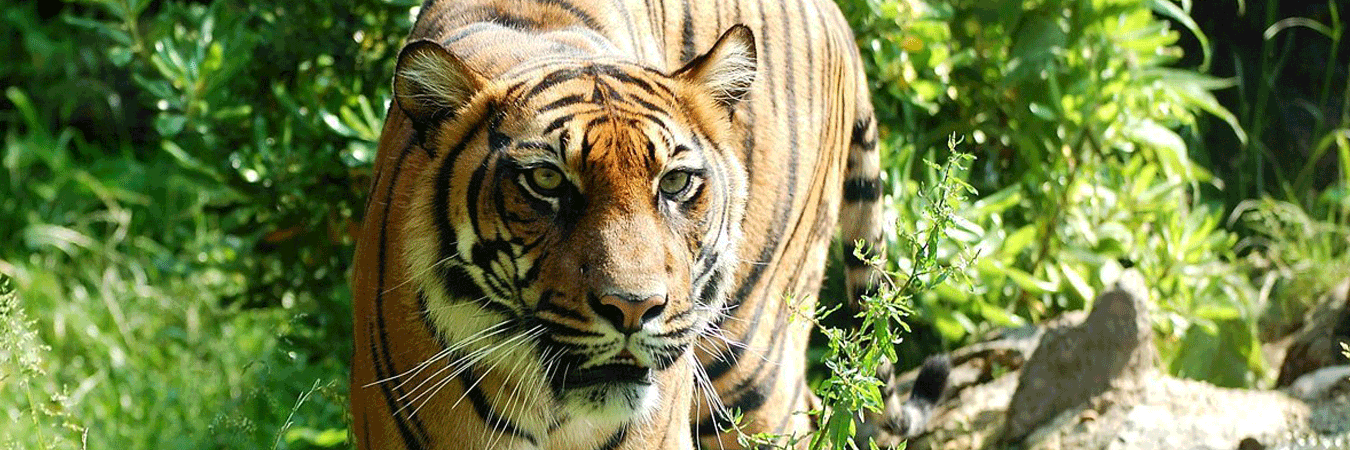
Enormous diversity is the essence of India and it is ingrained in each and every characteristic of this nation. Likewise, the wildlife of India is truly unique and diverse, which is often perceived as an alluring labyrinthine of secrets and treasures – filled with rich flora and fauna. From the imposing mountain ranges in the north, the verdant lands in the east to the tranquil coastline of the south, India has around 500 Wildlife sanctuaries and conservation parks, spread over 38,000 square kilometres of land, harbouring many animals including tigers. Thanks to the conservation efforts made by the government and many non-profit organizations, now India is a home to almost 75% of the world’s total tiger population. Well, this has also made India – the favourite destination for tiger spotting. Nothing can surpass the feeling of exhilaration as many emotions evoke, when you spot a big cat in its natural habitat. Walking regally with a steady head, pointed teeth, and a long swaying tail – the very sight of the Great Indian Tiger in the wild commands admiration and emanates a feeling of thrill in you. It requires patience to spot a tiger in the wild. There are high chances that you would easily spot these royal beasts in some of the National Parks in India. Let’s talk about some parks and sanctuaries of India, where you have high chances of spotting a tiger in the wild:
Ranthambore National Park, Rajasthan
This sanctuary tops the list, if you are looking for the maximum chances of spotting a tiger. Nestled amidst the Avaralli and Vindhyachal ranges, the Ranthambore National Park is often associated with many astounding tales of tigers. Two factors which make it a perfect spot for tiger spotting is the size of this park and its ambience. The most interesting thing about this park is that it is situated close to the urban areas. Though, it is not complemented by the thick vegetation, still there has been a steep rise in the population of tigers here. In fact, tourists can spot the tigers easily here during the day-time. The territory of this forest is filled with rocky plains, bushes, lakes and rivers, which also contribute in making it a comfortable habitat for the tigers. The local authorities also conduct special tiger spotting tours to promote the tourism in the region and also to create awareness among people about the various tiger conservation programs.
Best Time to Visit: October to April
How to reach:
By Air: The nearest airport is Sanganer Airport in Jaipur, which is about 180 km.
By Rail: Ranthambore National Park is well-connected with all the major cities in India like Jaipur, Bombay, and Delhi through the Sawai Madhopur Railway Station.
Bandhavgarh National Park, Madhya Pradesh
Located amidst the Satpura and Vindhya ranges, Bandhavgarh National Park is on the north eastern border of central India’s Madhya Pradesh. This dense forest was once a hunting-reserve of the Maharaja of Rewa and now famous across the world as the home of the tigers. There are over a 100 tigers in this park and their population continues to flourish in the perfect setting. Besides tigers, this park is also a home to numerous deers, langurs and leopards. There are around 600 species of flowers and 18 species of rare herbs, which are found in these jungles. Besides spotting the tigers, one can also enjoy the serene ambience of this reserve.
Best time to visit: October to June
How to reach:
By Air: The nearest Airport for Bandhavgarh National Park is Jabalpur and Khajuraho. Jabalpur 200 Kms and Khajuraho 250 Kms from Bandhavgarh.
By Rail: The nearest railway stations for Bandhavgarh National Park are Umaria & Katni, which are well connected with some major cities of India. Umaria is 35 Kms and Katni is 100 Kms from Bandhavgarh.
Jim Corbett National Park, Uttarakhand
More than anything, the most outstanding thing about the Jim Corbett National Park is that it is the oldest National Park of India. Many consider it as a true heaven for the wildlife lovers because of its rich flora and fauna which is spread across a magnificent backdrop filled with rolling grasslands and hilly ridges. This park is home to around 200 tigers and situated amidst the awe-inspiring surroundings, overlooking the stunning Nainital hills. According to local authorities, there are very high chances of spotting a tiger here near the Dhikala Forest Lodge. This park has been assiduously developed to promote tourism and there are many deluxe cottages, filled with all the modern amenities, for the tourists. Special jungle safaris are conducted to spot the tigers here
Best time to visit: November to June
How to reach:
By Air: The nearest domestic airport is Phoolbagh, Pantnagar 50 kms. The nearest International Airport is in Delhi, 295 Km.
By Rail: The nearest railway station is Ramnagar, 12 km from the Park. It is well connected with the terminus of Delhi-Moradabad-Ramnagar.
Kanha National Park, Madhya Pradesh
It was the splendour and diversity of Kanha National Park, which inspired famous author Rudyard Kipling to pen down his favourite written work “The Jungle Book.” Well, the spectacular blend of Bamboo and Sal forests dominate the landscape of this forest, which is complemented by rolling grasslands. Spread across over 1945 square km of land, it is one of the largest National Parks in India, which is close to many cities in Madhya Pradesh and Maharashtra. It is truly a paradise for wildlife lovers and local authorities work really hard to maintain its panoramic beauty, which you would not find anywhere in the world. The forests of this park are filled with thick vegetation, which make it difficult to spot a tiger here. But, it is full of wildlife and some of its notable inhabitants are the rare and reclusive hard ground Barasingha, leopards, deers, and sloth bear among others. Besides that there are over 250 bird species, which are found in these jungles.
Best time to visit: October to June
By Air: The Nearest Airport is Jabalpur 160 Kms.
By Rail: The Nearest Railway Stations are Gondia and Jabalpur. Gondia railway station is 145 kms, while Jabalpur railway station is 160 kms.
Tadoba-Andhari Tiger Reserve, Maharashtra
Well, it is called “The Jewel of Vidarbha” because of its awe-inspiring beauty and natural gifts. It is also the biggest National Park in the state of Maharashtra in Chandrapur district, spread across an area of 1727 square km. This park has seen a swift rise in the number of tigers in recent years. Authorities claim that tigers can be spotted easily in the region, but they take all the precautions to avoid any sort of disturbance or damage to the natural habitat of tigers. Besides legendary tigers, this reserve is also a home to other popular animals, including: Indian leopards, sloth bears, nilgai, gaur, dhole, striped hyena, sambar, spotted deer, barking deer, chausingha and honey badger among others.
Best time to visit: October to April
How to reach:
By Air: The nearest airport is Nagpur Airport, 151 kms.
By Rail: The nearest railway station is at Chandrapur, 49 kms.
Sunderban National Park, West Bengal
Besides tigers, there are many factors, which make this park truly a splendid destination. Located in the 24 Paraganas district in the state of West Bengal, this place earned its name from one of the mangrove plants, which grow here and called Sundari (Heritiera Minor). The park is a part of the world’s largest delta formed by the rivers Brahmaputra, Ganges, and Meghna. It is also the largest Tiger Reserve and National Park in India with total area spread across 2585 sq. Kms. It is home to the most ferocious tigers in India. It is believed that tigers here drink saline water to quench their thirst at times, which makes them more aggressive. The beauty of the Sundarban lies in its serpentine streams, as travellers have to navigate through them to reach the dense mangrove forests ruled by the tigers. Some parts of these forests are truly impenetrable, which make them the safest habitat for the tigers. Besides tigers, other main attractions of these forests are: Estuarine Crocodile, Monitor Lizard and the Olive Ridley Turtle.
Best time to visit: December to February
How to reach:
By Air: The nearest airport is Kolkata International Airport, 140 km.
By Rail: The nearest railway station is Canning Railway Station, 29 km.
Khajuraho: A Treasure Trove of Sculptures
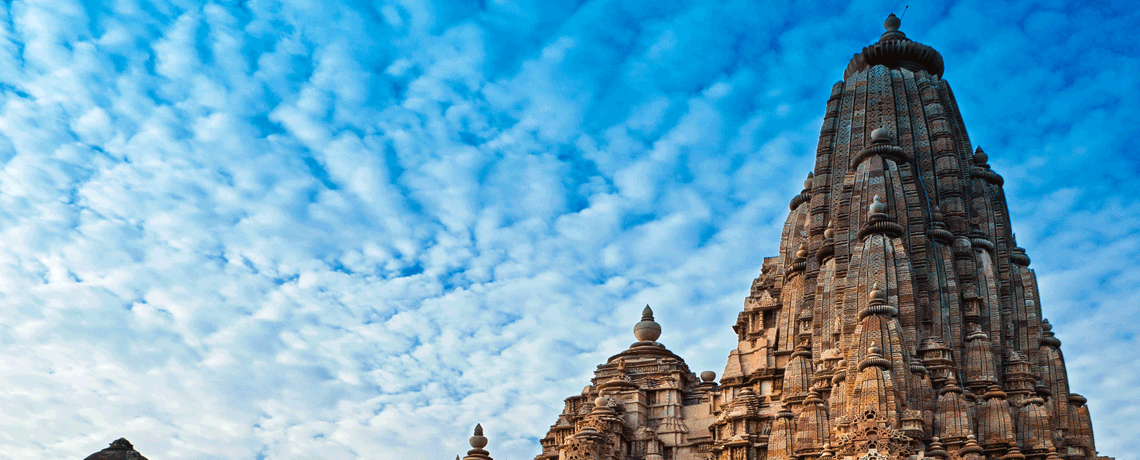
Immensely popular for its intricately sculptured temples, motifs and architecture, Khajuraho is inscribed as World Heritage Site by UNESCO because this ancient city has so much to offer. There are 85 original temples, which are divided into three massive complexes, each adorned by vignettes of eroticism, music, dance and various other creative pursuits. It is believed that the sculptures and carvings in temples depict the motifs of Kamasutra, the famous Indian text-book on carnal pleasure. There are many magnificent carvings in these temples, which shed light on the important aspects of life, related to the higher levels of spirituality and abstinence. The brevity and elegance of these sculptures highlight the value and fleetness of different phases of life. According to these sculptures, one must follow some rules in life to attain enlightenment and salvation.
Khajuraho has three groups of temples with Western, Eastern and Southern parts. The Western group has all the main temples including the majestic Kandariya Mahadeo Temple, which has a collection of some stunning sculptures. The Eastern group has Jain Temples, while Southern group has only two temples. Nestled amidst the Vindhya Range of mountains, these temples were constructed by the rulers of the Chandela dynasty between 950 AD and 1050 AD. According to popular belief, these temples are renowned across the world for their erotic sculptures, but interestingly, only 10 percent of the art is erotic in nature. In fact, there are various theories, which are related to these sculptures. According to some historians, these sculptures depict the various poses related to tantric erotic practises, while others believe that they are related to Hindu tradition of celebrating sex as an important part of daily life.
A sound-and-light show is hosted every evening in the temple complex, which is narrated by the Bollywood icon Amitabh Bachhan. Besides that, an annual dance festival is also organized here in the month of February every year.
Next Khajuraho Dance Festival: 20th February – 26th February 2021
The three most popular temples in the complex are the Kandariya Mahadev Temple, the Vishwanath Temple and the Lakshmana Temple. Let us explore the places and other attractions of Khajuraho:
Devi Jagdamba Temple
This temple is dedicated to the Goddess (Devi) of ultimate power and has some of the most exquisite sculptures of Khajuraho. There is a huge idol of the Devi in the Garbha Griha (Womb) complex. The temple is adorned with three bands of sculptures, while the first two bands depict different postures of the Goddess, the third band has erotic carvings.
Chaunsat Yogini
This is the only granite temple in Khajuraho, which is dedicated to the Sun God. The main door of the temple faces eastward to the rising sun. The nearby Matanageswara Temple is dedicated to Shiva (the Hindu God of destruction), and adorned by a huge 8ft Lingam.
Lakhmana Temple
It is one of the oldest temples, which is named after the king who built it. It is a Vaishnavite temple, which has a beautiful sculpture, dedicated to the trinity of Brahma, Vishnu and Mahesh.
Chattarbhuj Temple
This temple was built in 1100 A.D and it is hugely popular for its architecture. This is the only temple in Khajuraho, which does not have any erotic sculpture. There is a massive 9 feet carved idol of the Lord Vishnu in Chaturbhuja (four-armed).
Dulhadev Temple
This temple is situated in the south of Khajuraho and has an intricately carved Shiva lingam. There are other sculptures in its vicinity dedicated to various apsaras or heavenly beauties, carved beautifully to depict elegant poses.
Temple Opening Times
The temples are open from sunrise until just before sunset.
Important Tip
The Tourism Ministry of India promotes Khajuraho as one of the most alluring and safest tourist destinations in India, but sometimes tourists complain about the persisting and nagging behaviour of the local touts. There are many trained guides in Khajuraho. Thus, one can hire a guide to avoid touts.
Where to stay in Khajuraho
There are many luxury hotels in Khajuraho and most of them are located on the Airport Road. In fact, there are some mid-range hotels also, which are located along the Bamhita Road, near the Western group of temples.
Best places to eat in Khajuraho
There are many restaurants in Khajuraho, which serve a variety of Indian cuisines. There are a few Italian cafes and in-house restaurants, which serve Indian, Continental and Chinese cuisines.
How to reach
By Air: Khajuraho Airport is located 5 km from the city. Air India conducts flights from Delhi, Varanasi and Mumbai.
By Train: A train station was opened in Khajuraho in 2008. This station is linked to Jhansi, which is 175km away from Khajuraho, on the Delhi-Chennai/Bangalore/ Trivandrum mainline.
A visit to the land of mowgli – Pench Tiger Reserve

There are 48 Tiger Reserves in India, which are home to almost 70% of tigers in the world. It might not notch up the top spot amidst other popular tiger reserves in India, like Bandhavgarh and Kanha, but the Pench Tiger Reserve holds a unique distinction, as its wildlife and vastness have been immortalized in the pages of the “Jungle Book” written by Rudyard Kipling, the first British Nobel laureate for literature.
Pench Tiger Reserve – The Mowgli Connection
Interestingly, Kipling never really visited the place, but drew inspiration from a fascinating story, told by Sir William Henry Sleeman. The story was based on the life of a little wild boy, who was raised by the wolves and roamed in the jungles of the Pench National Park. Kipling also conjured up his stories by taking the notes from the writings of various other British travellers, who frequented central India during those years. Kipling has beautifully described the denizens of the Seoni Hills and adventures of Mowgli the wolf child. The legendary wildlife characters of the “Jungle Book” can be spotted around the Seoni Hills, which have become a part of the local folklores. BBC released the film “Spy in The Jungle” documentary in 2008, which is based on the Pench National Park and narrated by Sir Davis Attenborough.
Landscape & Wildlife of Pench
The Pench Tiger Reserve is spread across the Seoni and Chindwara districts of Madhya Pradesh and Nagpur district of Maharashtra. The notified area of the entire Pench National Park is 1179 sq. Km. It has been deemed under the government backed ‘Project Tiger’, which is why it is called a Tiger Reserve. It has been named after the Pench River, which intersects the area and forms a labyrinthine of rivulets, water holes and streams. Undulating terrain and thick vegetation encompass the entire region, with the Seoni Hills climbing up to a greater height, which offers a picturesque view of the entire valley. Home to a substantial tiger population, Pench is thickly populated by bamboo and mango trees, which provide shelter to other wild animals including wolves, foxes, bears, Indian deer and macaques among others.
Best Time to visit Pench
The Park stays open from 16th October to 31st June. But, the best time to visit is from October to February, the blossom season, when the temperature gradually dips down to four degrees Celsius.
Where to stay in Pench
There are four Taj Wilderness Lodges in the vicinity, which offer the most exclusive accommodation in the area. Their restaurants serve traditional Indian cuisine.
Top Places to visit near Bhopal

Madhya Pradesh, also known as the heart of incredible India, has so much to offer and the places to visit near Bhopal are no exception. I decided to tick them off my overflowing bucket list and headed to the centre of India. I love raw travel, so I decided to take an overnight train from Delhi to Bhopal. However, if you are traveling in India for the first time, I would recommend taking one of the short flights that operate daily between all major cities and Bhopal.
Places to visit near Bhopal
Udayagiri Caves
My first place of interest close to Bhopal city was Udayagiri Caves. Located at a distance of 62 kms from Bhopal, there are two different routes via Sanchi to the caves. Though I preferred to ride through the shortest route, I will not suggest that road if you are traveling by car.

Established between 4th – 5th centuries A.D., the Udayagiri caves house some of the oldest Hindu rock cut sculptures and inscriptions in India. They are considered to be an important archaeological site from the Gupta Period (an ancient Indian empire that existed from circa 320 to 550 CE and covered northern, central and parts of southern India). The complex houses 20 caves, out of which two are dedicated to Jainism and the remaining 18 are directly related to Hinduism.
I was amazed to see the massive relief sculpture of the Hindu god Vishnu in his incarnation as a boar-headed Varaha. Varaha is believed to be the third reincarnation among the top ten principal avatars of Lord Vishnu. Apart from this massive sculpture of the demonic messiah, there are caves where rock sculptures of Shiva, Ganesha, and other gods and goddesses are also carved.

For history buffs there are three caves inside the complex where Sanskrit inscriptions in Gupta lipi (characters) are inscribed. To my surprise, my guide told me that the caves have not been thoroughly investigated by archaeologists. Do pay a visit and see if you can discover something new.
Sanchi Group of Stupas
After spending an hour in the Udayagiri caves, I moved on to my next destination for the day, Sanchi. Famous for its Buddhist stupas and monuments, it is a small village just 45 kms from Bhopal. Touted as one of the most visited tourist sites in central India, the nostalgic allure of Sanchi can be experienced through its stupas and the magnificent carvings on its facade.
The stupas were built by Emperor Ashoka in the 3rd Century BC and are considered to be the oldest stone structures of India. It was declared a UNESCO World Heritage Site in the year 1989. Though it was commissioned by the Emperor Ashoka in the 3rd Century BC, the stupas enjoyed the patronage of four different empires – Mauryan, Shungas, Satvayanas and the Guptas. Until the 12th century BC, work continued on Sanchi, after which it was abandoned.

The moment I entered, I was awestruck by the majesty of these Mauryan stupas. The entrance is dominated by four intricately carved gateways. They truly showcase the finest of Buddhist art in India. The four gateways illustrate Buddhist legends, known as Jatakas and events in Ashoka’s life.
Though I was mesmerized by the sheer beauty of the carved gateways, my curious eyes kept searching for the form of Buddha. I was getting impatient when I saw a monk who was going round the stupa offering his prayers. I was sure he could show me the elusive Buddha, so I waited for him just outside the northern gate. When I asked him why there were no images of Buddha on the carved gateway, he told me that the stupas were built on the principals of the Hinayana system of Buddhism, where Buddha was never portrayed in sculptures and paintings. Interesting!
Another intriguing fact about this place is that in the pre-independence era, the British wanted to ship the gateways to England to protect them and even the French emperor Napoleon had shown interest to posses one of the gateways. Thankfully they remain where they belong.

In the words of Buddha, “It is better to travel well than to arrive”. I headed back to Bhopal delighted with my day, knowing that I treaded the path once taken by legends.
I had a wonderful time at Sanchi and I rank it on top for places to visit near Bhopal.
Bhimbetka Rock Shelters
Next day, after an early breakfast I went to visit the Bhimbetka Rock Shelters that lay 45 km south east of Bhopal. Exhibiting the life of the Stone Age people in the sub-continent, they are the richest gallery of pre-historic art in India. Some of the rock paintings found at Bhimbetka are more than 35,000 years old. The paintings inside the caves also prove the early existence of dance art in India. It was declared as a UNESCO World Heritage site in 2003.

Apparently, the rocks bear a striking resemblance to rock art sites like Kakadu National Park in Australia, the cave paintings of the Bushmen in Kalahari Desert and the upper Paleolithic Lascaux cave paintings in France.
For me the Bhimbetka rock shelters were a completely different world. It was a city of the earliest humans on this planet. There are about 750 rock shelters spread over the Ratapani Wildlife Sanctuary under 5 core zones of Bineka, Bhonrawali, Bhimbetka, Lakha Juar (East), and Lakha Juar (West). However, Bhimbetka steals the show because it reflects the continuous sequence of the Stone Age culture in the form of rock paintings marked inside the shelters.

Early men have inked their anger, joy, fear, sadness, and love on these walls. A particular zoo rock shelter will acquaint you with a Mesolithic boar and other animals like elephants, rhinoceros, boar, spotting dears, and snake.
Another feature of the shelter is a small cave temple inside the core zone. It is believed that Bhim, the hero deity of the epic Mahabharata, lived here for a year or so during his 14-year exile. The name Bhimbetka is derived from the Sanskrit word of Bhim + Baithka that means ‘the sitting place of Bhim’.
Bhojeshwar Temple
After Bhimbetka, I was on my way to the Bhojeshwar Temple. Situated 28 kms from Bhopal in Bhojpur, this quiet place is known for its huge Shiva Lingam (a phallic-shaped representation of the Hindu deity, Shiva, the emblem of the generative power in nature). Crafted out of a single rock, the Shiva Lingam in Bhojpur is believed to be India’s largest Lingam. The doorway of the temple is magnificently built with two finely sculpted figures standing on either side, while the temple has a brilliantly rising dome supported by four pillars.

I would recommend visiting this temple in the morning to avoid the crowd of devotees. Interestingly, this temple was never completed. Though it is a remarkable monument, I wonder why such a big lingam was built. Was it made to show royal grandeur or utmost devotion to Shiva? Either way, it is a sight to behold.

I would definitely recommend including Bhopal if you are traveling to central India. You can put your questions in the comment box and I would love to answer them. If you want us to plan a holiday in Central India and Bhopal for you, write to us at enquiries@indusdiscoveries.com.

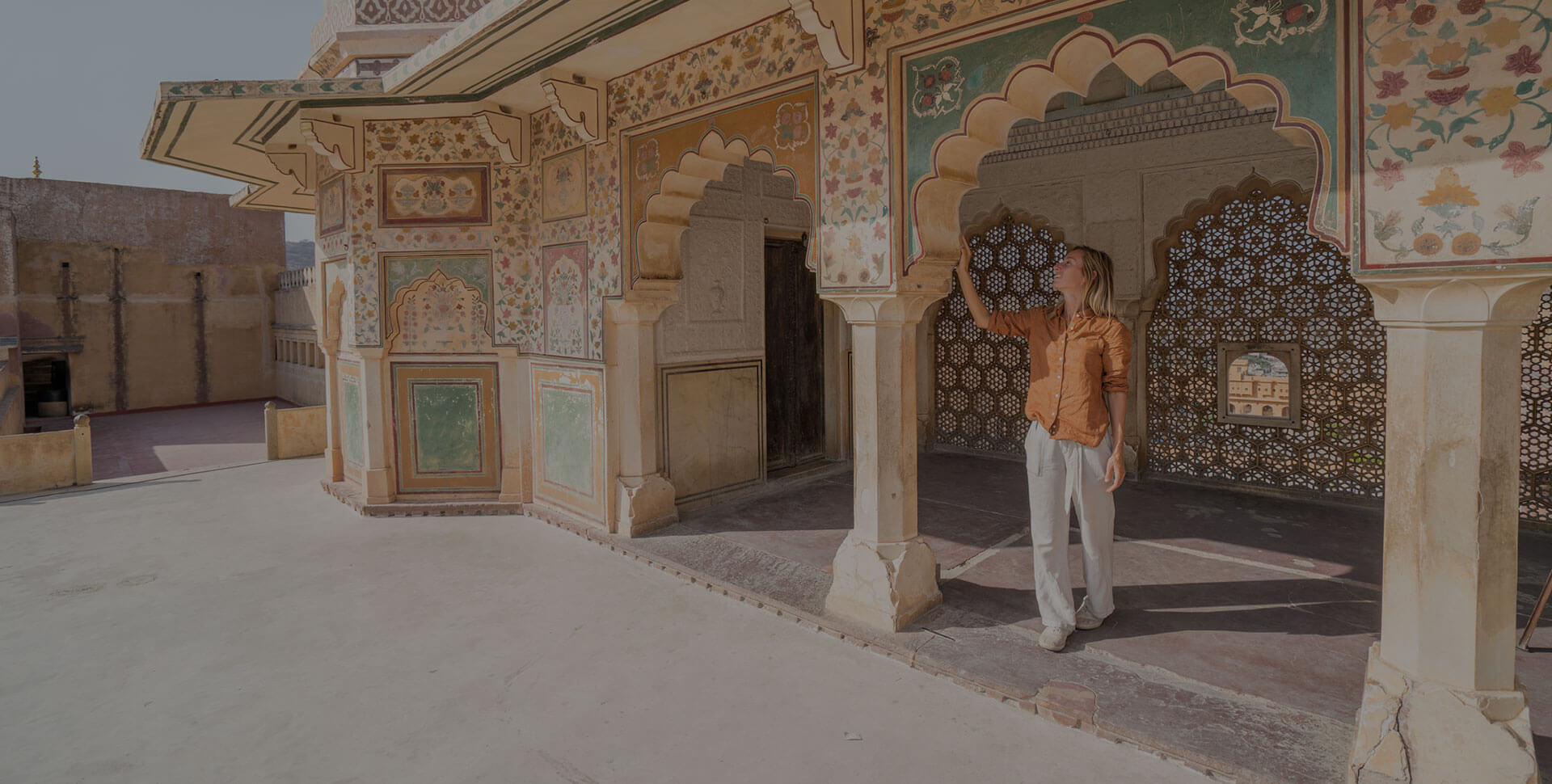


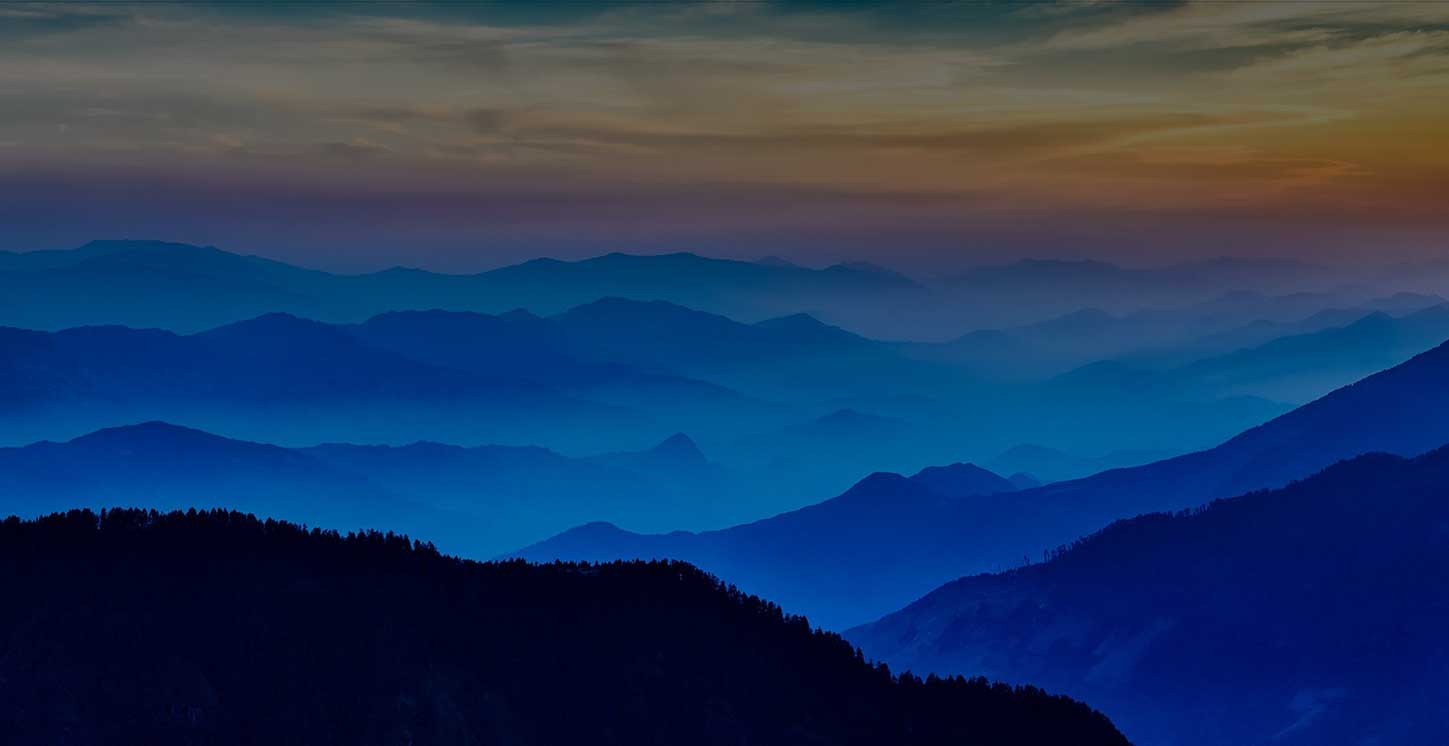
 +1-(765)-586-1210
+1-(765)-586-1210 +44-2030-2689-44
+44-2030-2689-44 +91 124 4361906
+91 124 4361906

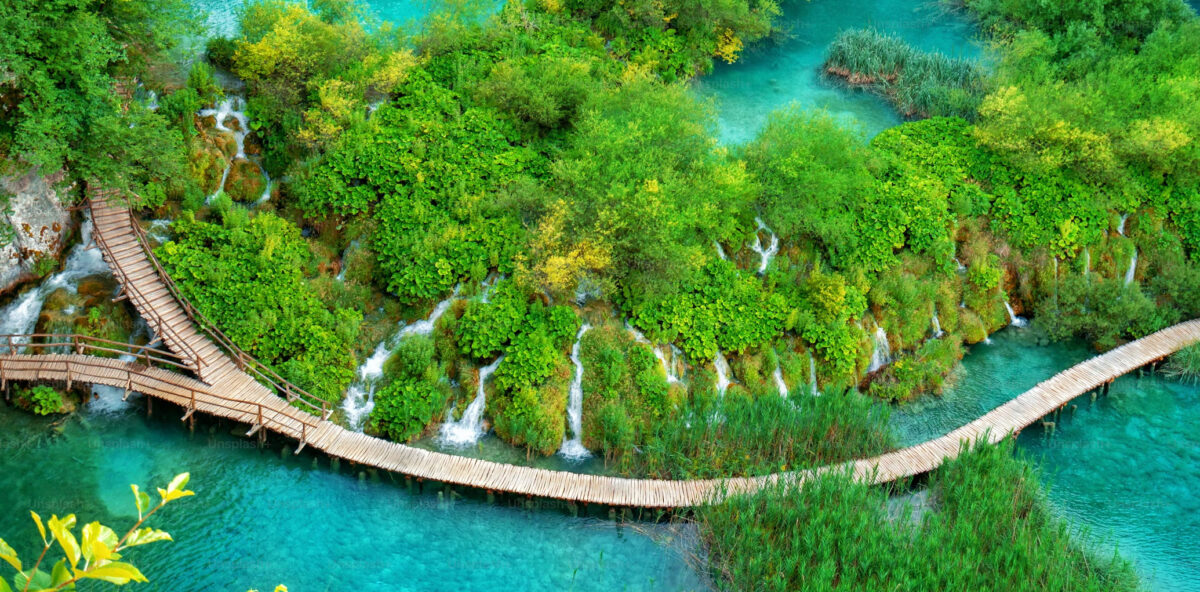





 +1-(765)-586-1210
+1-(765)-586-1210 +44-2030-2689-44
+44-2030-2689-44

